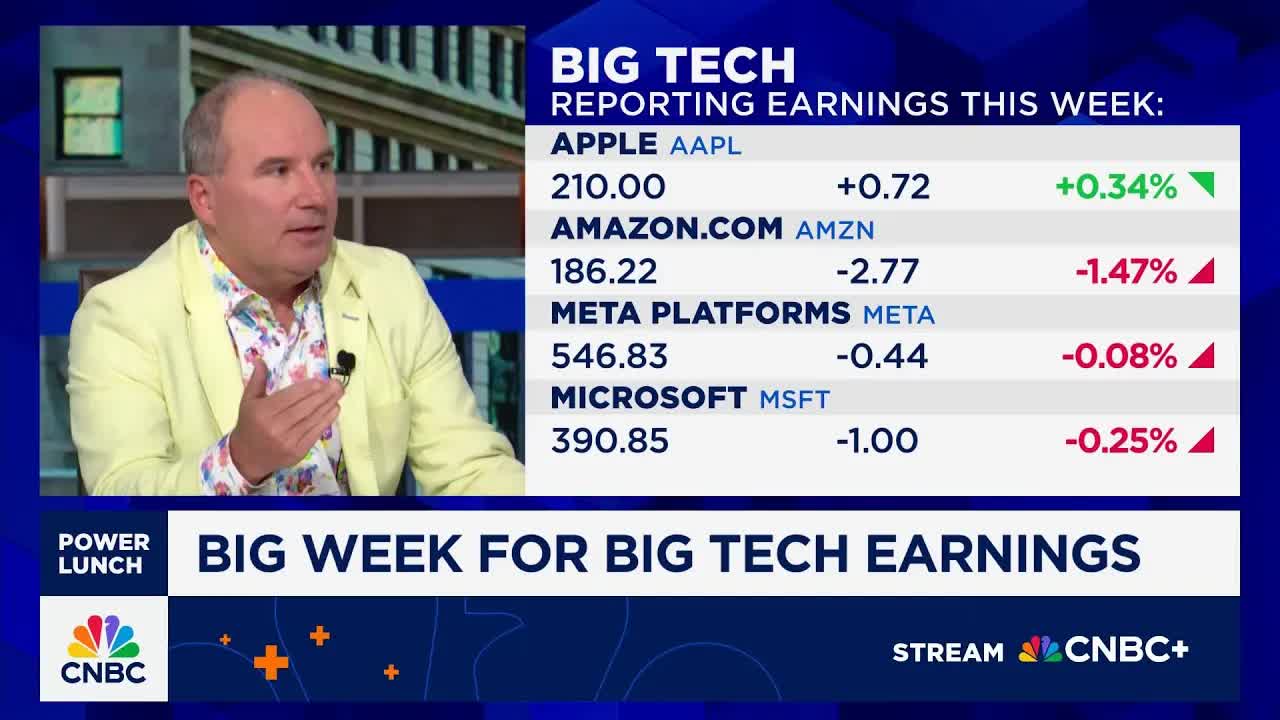How Tariffs Could Derail the AI Revolution
The AI boom is hitting a wall—and it’s not just about algorithms. U.S. tariff policies, originally designed to protect domestic industries, are now creating a perfect storm for the global AI sector. From soaring hardware costs to supply chain fragmentation, tariffs are reshaping the landscape for investors. Let’s break down the risks and opportunities.

Hardware Hurdles: The Supply Chain Squeeze
The AI revolution runs on hardware—servers, cooling systems, and networking gear—that are now subject to punishing tariffs. U.S. tariffs on Chinese imports, including critical components, have reached 245%, while retaliatory measures from Beijing and allies have further disrupted global supply chains.
NVIDIA, a pillar of AI infrastructure, faced a $5.5 billion inventory write-down in Q1 2025 due to export bans on its H20 chips to China. The company is now racing to build domestic manufacturing hubs in Arizona and Texas—a costly pivot.
Investors are already pricing in this pain. NVIDIA’s stock has fallen 22% since early 2023, reflecting concerns over supply chain bottlenecks and rising production costs.
Software’s Resilience, But Costs Still Bite
AI software giants like Microsoft and Google remain largely tariff-free, as their code can cross borders without physical goods. However, their customers are feeling the pinch. Financial institutions relying on cloud-based AI tools face 10–20% price hikes due to tariffs on underlying hardware.
The AI in finance market, projected to grow from $12.4 billion in 2023 to $73.9 billion by 2033 (CAGR of 19.5%), is now slowing. Small banks and insurers, which lack the scale to absorb higher costs, are delaying AI adoption.
Trade between the world’s two largest economies has collapsed by 80% since 2020, per WTO data, with AI hardware now a casualty of geopolitical rivalry.
Regional Reconfigurations: A New Global Playbook
Companies are scrambling to diversify supply chains. Rockwell Inc., for instance, has shifted non-U.S. manufacturing to Mexico and Vietnam to avoid tariffs. Meanwhile, ASEAN and Africa are emerging as alternative hubs for chip production and server assembly.
But localization isn’t cheap. A McKinsey report estimates that reshoring AI hardware to the U.S. could add 15–20% to production costs due to lower economies of scale.
The Finance Sector’s Crossroads
AI-driven financial services, including fraud detection and algorithmic trading, are now at risk. 75% of the AI in finance market relies on cloud-based solutions, which face tariff-driven inflation.
- Banking: Digital transformation projects are delayed as tariffs hike the cost of AI servers by $500–$1,000 per unit.
- Wealth Management: Firms are scaling back AI-powered robo-advisors due to rising infrastructure costs.
FinTech funding has plummeted 65% in Asia-Pacific since 2023, with investors fleeing tariff-hit startups.
Corporate Survival Strategies
- Agentic AI: Firms like Thomson Reuters are betting on autonomous decision-making systems to reduce labor costs.
- Cloud Optimization: Microsoft and Amazon Web Services are pushing “AI-as-a-service” models to mask hardware costs.
- Geopolitical Diversification: TSMC, the world’s largest chipmaker, is expanding factories in Japan and Europe to bypass U.S.-China trade wars.
Conclusion: Navigating the Tariff Crossfire
The AI sector is in a race against time. While long-term demand for AI in healthcare, finance, and automation remains $615 billion by 2030 (per BCG), short-term risks are mounting. Investors should:
- Avoid hardware-heavy plays: NVIDIA and Intel face headwinds until supply chains stabilize.
- Favor software and SaaS: Microsoft’s Azure AI and Salesforce’s Einstein remain tariff-resistant.
- Watch for regional winners: Taiwan Semi (TSM) and ASEAN-based manufacturers may profit from reshoring demand.
The OECD warns that global GDP could shrink 0.5% annually until trade tensions ease. For now, the AI revolution is on hold—until tariffs are taken off the table.
In short, tariffs aren’t just a tax—they’re a tax on innovation. Investors must tread carefully.

_e68fac6d1749831664430.jpeg)

_a26960071749827470514.jpeg)






